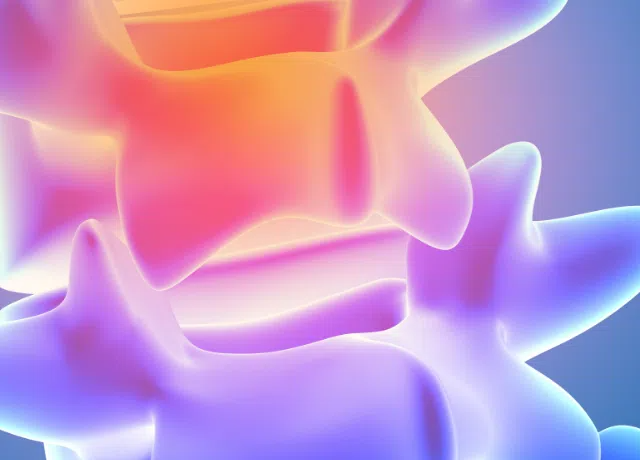Laminectomy is surgery to remove a portion of the lamina, which is the back part of each vertebra. Laminectomy can help relieve pressure on the spinal cord from bone spurs and other conditions. A lumbar laminectomy is most often done to treat lower back pain caused by spinal stenosis. This is a medical condition in which a narrow opening (canal) in the spine limits the flow of blood, nerve impulses and/or spinal fluid.

Why It May Be Necessary
Bony overgrowths of the joints in the spine can build up within the spinal canal. They can narrow the space for the spinal cord and nerves. This pressure can cause pain, weakness or numbness that can radiate down arms or legs. Because laminectomy restores spinal canal space, it’s likely to relieve the pressure that causes the radiating pain. But the procedure doesn’t cure the arthritis that caused the narrowing. So, it’s not likely to relieve back pain.
A laminectomy is a surgery to remove part of the vertebra that has developed bony overgrowths (spurs). These spurs can narrow the space for the spinal cord and nerves. This may be done to relieve pressure on these nerves, which in turn can relieve pain and weakness or numbness that radiates down arms or legs. A health care provider might recommend surgery if medications or physical therapy do not help improve symptoms.
Laminectomy is a technique used to remove diseased bone and tissue in the spinal canal. This procedure is most commonly performed to treat back pain caused by degenerative disk disease.
Risks
Laminectomy is generally safe. But as with any surgery, complications can occur. Potential complications include:
- Bleeding
- Infection
- Blood clots
- Nerve injury
- Spinal fluid leak

The Procedure
When you have a herniated disk, the surgeon will make an incision in your back over the affected vertebrae and move your muscles away from your spine as needed. The surgeon uses small instruments to remove the bone spurs and the smallest amount of lamina necessary. The size of the incision may vary depending on your condition and body size. Minimally invasive surgeries typically use smaller incisions than those used for open procedures.
If Laminectomy is being performed as part of surgical treatment for a herniated disk, the surgeon also removes the herniated portion of the disk and any pieces that have broken loose (Diskectomy).
For a vertebra that has slipped over another or for curvature of the spine, spinal fusion might be needed to stabilize the spine. During spinal fusion, the surgeon permanently joins two or more of the vertebrae after removing the arthritic joints. The surgery might involve the use of bone grafts and, if necessary, metal rods and screws.
Depending on your condition and your needs, the surgeon may use a smaller (minimally invasive) incision and a special surgical microscope to perform this operation.
After the procedure
After you have surgery for spinal stenosis, you’re likely to spend a night or two in the hospital. While you’re there, your health care team will watch for complications from the surgery and anesthesia. You may also be asked to move your arms and legs, so that your doctors can make sure that everything is working properly.
Your health care provider might prescribe medication to relieve pain at the incision site. After surgery, physical therapy may be recommended to help you regain strength and flexibility after a Laminectomy.
Depending on your job, how much lifting and walking are involved, and whether or not you also had a spinal fusion procedure performed, you may be able to return to work within a few weeks of having the procedure done.